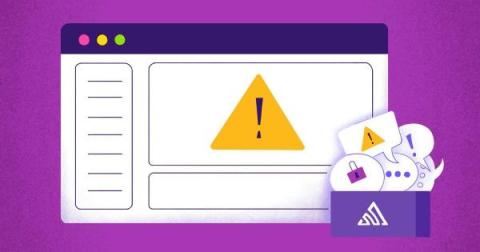The Forensics Of React Server Components (RSCs)
In this article, we’re going to look deeply at React Server Components (RSCs). They are the latest innovation in React’s ecosystem, leveraging both server-side and client-side rendering as well as streaming HTML to deliver content as fast as possible. We will get really nerdy to get a full understanding of how RFCs fit into the React picture, the level of control they offer over the rendering lifecycle of components, and what page loads look like with RFCs in place.











